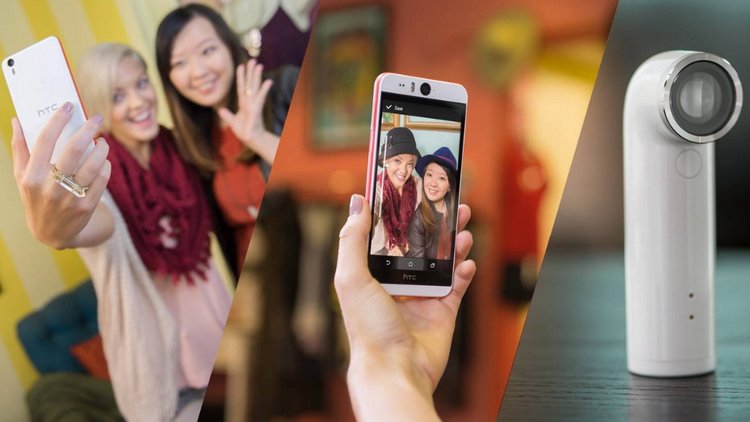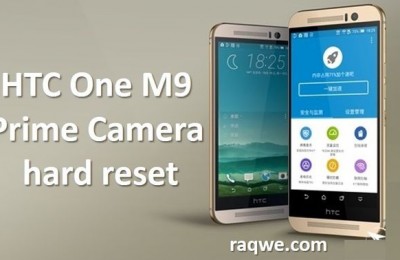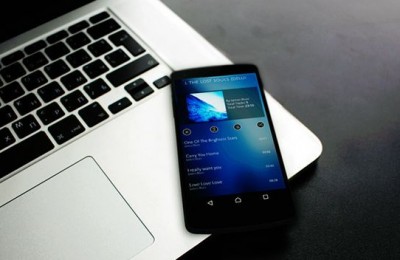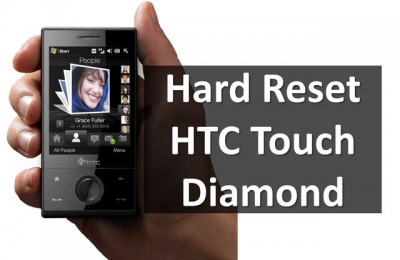Self – a new fashion trend, and smartphone manufacturers offer Soup, allowing them to shoot better and more convenient. Do not stay aside and HTC, whose phones before very appreciated by the public. Its new smartphone Desire Eye pleased 13-megapixel front camera. As a new device compares to other phones on the market for fans to photograph themselves?
The novelty is based on the processor Snapdragon 801 has two gigabytes of RAM, waterproof plastic housing, 5.2-inch display with a resolution of 1080p, speakers BoomSound, 32-gigabyte drive, and a slot for memory cards microSD. Energy device receives from its 2400 mAh battery. In addition to the front, it has a 13-megapixel camera on the back with dual LED (LED) flash. This all sounds very good, but the browser resource Digit.in Kunal Hullar decided to compare the specs with specifications similar to her phone.

Seven phones were compared in six important characteristics. Which of the SELF-smartphones was the most attractive?
Front camera:
HTC Desire Eye – 13 megapixel with dual LED flash;
Sony Xperia C3 – 5 megapixel with LED backlight;
Nokia Lumia 730 – a 5-megapixel;
Micromax Canvas Knight – 8 megapixel;
Gionee Elife E7 – 8 megapixel;
Oppo N1 – 13 megapixel mobile with LED flash;
Karbonn Titanium Octane Plus – 8-megapixel.
The camera on the rear panel:
HTC Desire Eye – 13 megapixel with dual LED flash;
Sony Xperia C3 – 8 megapixel with LED flash;
Nokia Lumia 730 – 6.7-megapixel with LED flash;
Micromax Canvas Knight – a 16-megapixel with LED flash;
Gionee Elife E7 – 16-megapixel with LED flash;
Oppo N1 – 13 megapixel mobile with LED flash;
Karbonn Titanium Octane Plus – 16-megapixel with LED flash.
Chipset (SoC):
HTC Desire Eye – Snapdragon 801;
Sony Xperia C3 – Snapdragon 400;
Nokia Lumia 730 – Snapdragon 400;
Micromax Canvas Knight – Mediatek MT6592T;
Gionee Elife E7 – Snapdragon 800;
Oppo N1 – Snapdragon 600;
Karbonn Titanium Octane Plus – Mediatek MT6592.
RAM:
HTC Desire Eye – 2 gigabytes;
Sony Xperia C3 – 1 gigabyte;
Nokia Lumia 730 – 1 GB;
Micromax Canvas Knight – 2 gigabytes;
Gionee Elife E7 – 2 gigabytes;
Oppo N1 – 2 gigabytes;
Karbonn Titanium Octane Plus – 2 gigabytes.
Operating system:
HTC Desire Eye – Android 4.4.2;
Sony Xperia C3 – Android 4.4.2;
Nokia Lumia 730 – Windows Phone 8.1;
Micromax Canvas Knight – Android 4.4.2;
Gionee Elife E7 – Android 4.4.2;
Oppo N1 – Android 4.2;
Karbonn Titanium Octane Plus – Android 4.4.2.
Display:
HTC Desire Eye – 5,2-inch with a resolution of Full HD;
Sony Xperia C3 – 5,5-inch Full HD;
Nokia Lumia 730 – 4.7-inch HD;
Micromax Canvas Knight – 5-inch Full HD;
Gionee Elife E7 – 5,5-inch Full HD;
Oppo N1 – 5,9-inch Full HD;
Karbonn Titanium Octane Plus – 5-inch Full HD.
If you compare the specifications of the hardware, the HTC Desire Eye is the most attractive of those devices that are offered to connoisseurs self.

How long will hold fashion for self? If so long to buy a special phone self-portrait? Will these devices a little to press the most famous flagship Soup?
Read another very interesting article about alternative energy of the Sun, water and air.





